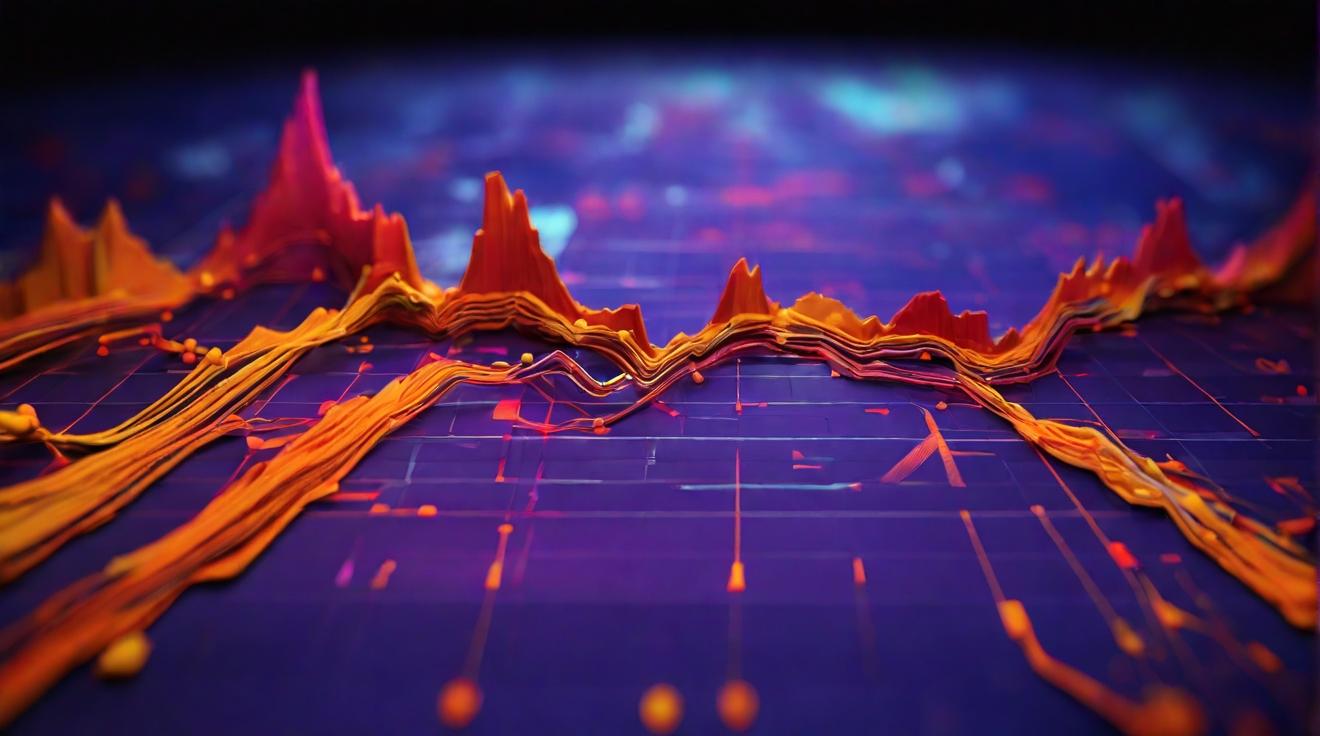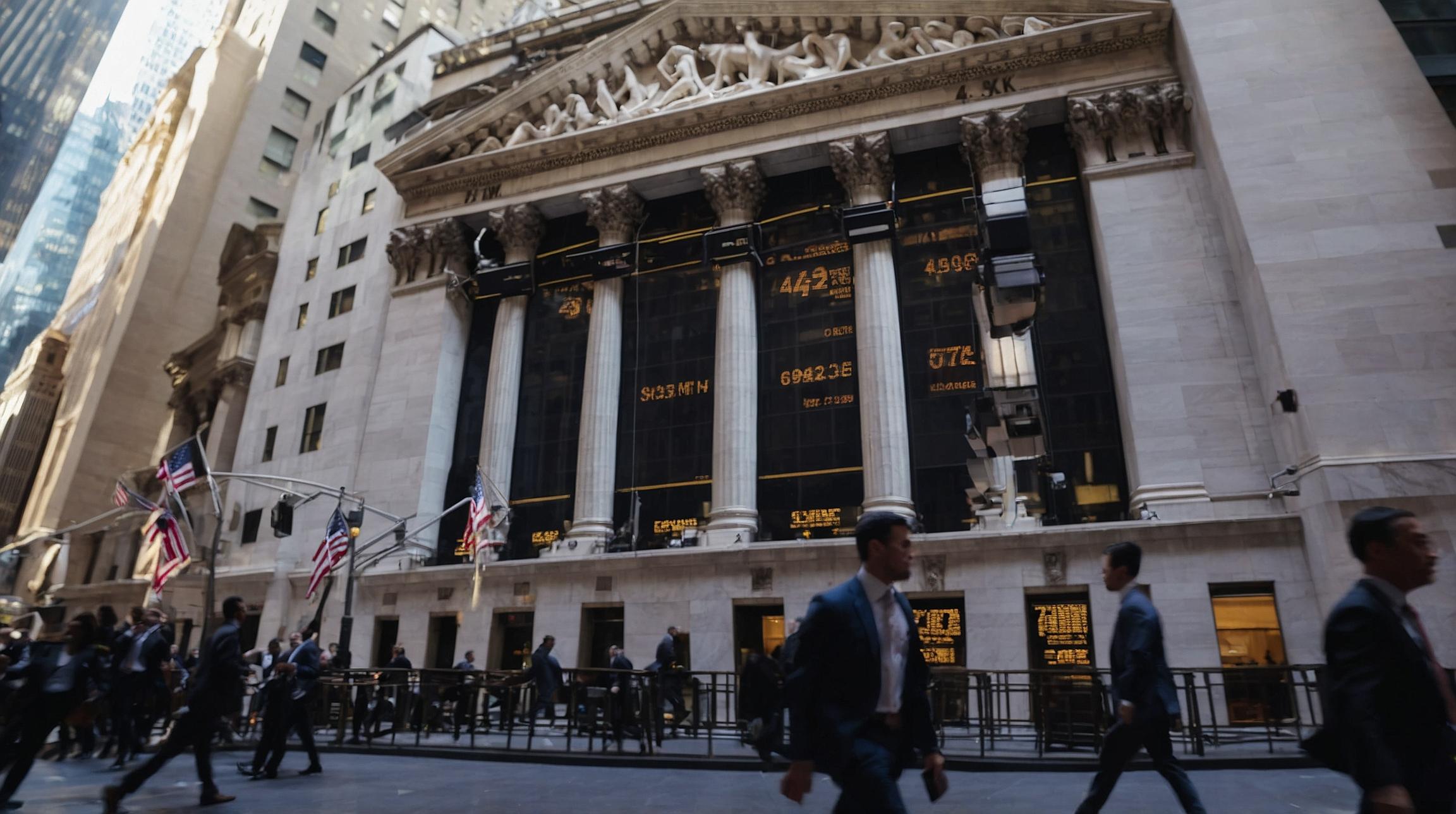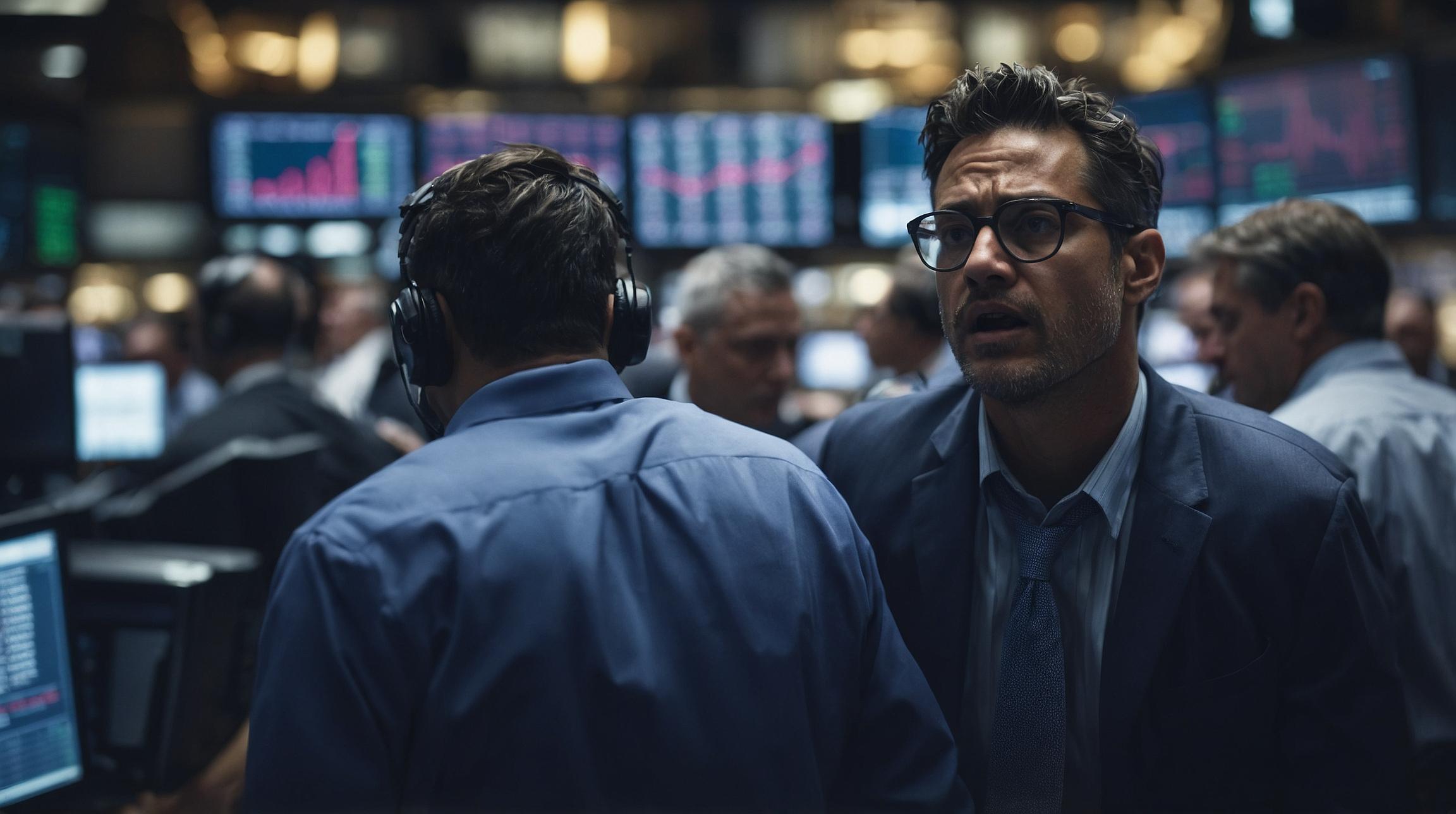United States Natural Gas Fund Experiences 27% Decline in 2020
Despite the growing global importance of natural gas as an energy source, the United States Natural Gas Fund, an ETF tracking natural gas prices, has seen a significant decline of 27% this year.
This drop comes as natural gas prices have plummeted due to a warmer winter and robust natural gas production, resulting in an oversupply. With natural gas primarily used for heating and demand higher in winter than in summer, the current storage levels are 16% above the usual amount for this time of year.
The Challenges and Risks Faced by UNG Fund Investors
Investors in the UNG fund face several risks, including the potential for further decrease in its value, which could prove especially challenging for novice traders.
One of the major challenges for traders during the transition from winter to summer futures contracts is the March to April natural gas futures contract transition, known as "the widow-maker." This transition has historically led to significant losses. Despite March typically having stronger heating demand, the price of natural gas for March delivery is lower than that for April delivery.
Another issue with the UNG fund is its monthly rollover of futures contracts. With natural gas trading in a contango pattern, where future month prices are higher than current delivery prices, the fund is forced to sell cheaper contracts to purchase more expensive ones.
Comparing UNG to UNL and the Potential for Further Price Declines
While the United States 12 Month Natural Gas Fund LP (UNL) is designed to mitigate the impact of contango, it can underperform compared to UNG during rapid natural gas price increases due to higher contract volatility.
Despite this, UNG remains the more popular choice, with $738 million in assets compared to UNL's $13 million. However, UNG is known for its high volatility among commodity funds, which may not be ideal for novice traders. Although current prices are considered "cheap," the risks associated with investing in natural gas through this fund are significant, with the potential for further price declines.
Analyst comment
Negative news. The decline in the United States Natural Gas Fund (UNG) and the oversupply of natural gas pose risks to investors. The transition from winter to summer futures contracts is challenging, and the UNG fund’s monthly rollover of futures contracts in a contango pattern adds to the risks. The alternative fund (UNL) is designed to mitigate contango effects but may underperform. Overall, the market is expected to face further price declines and novice traders should be cautious.













